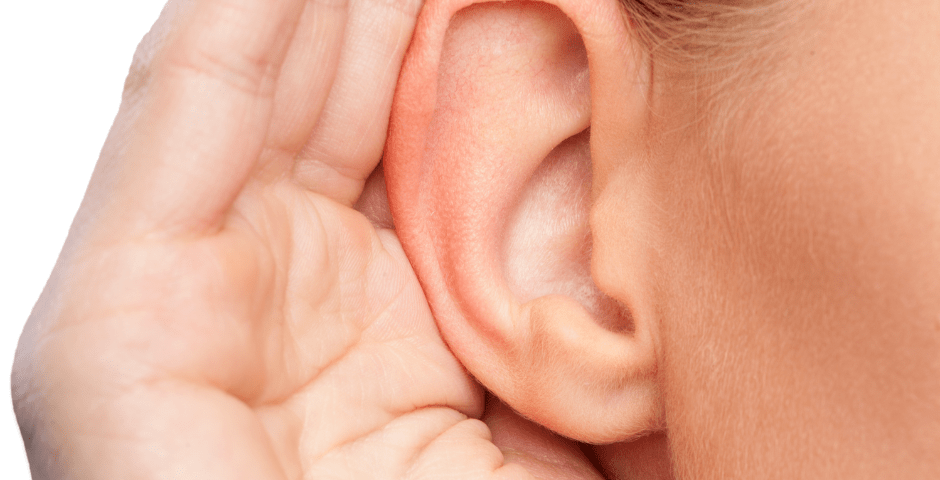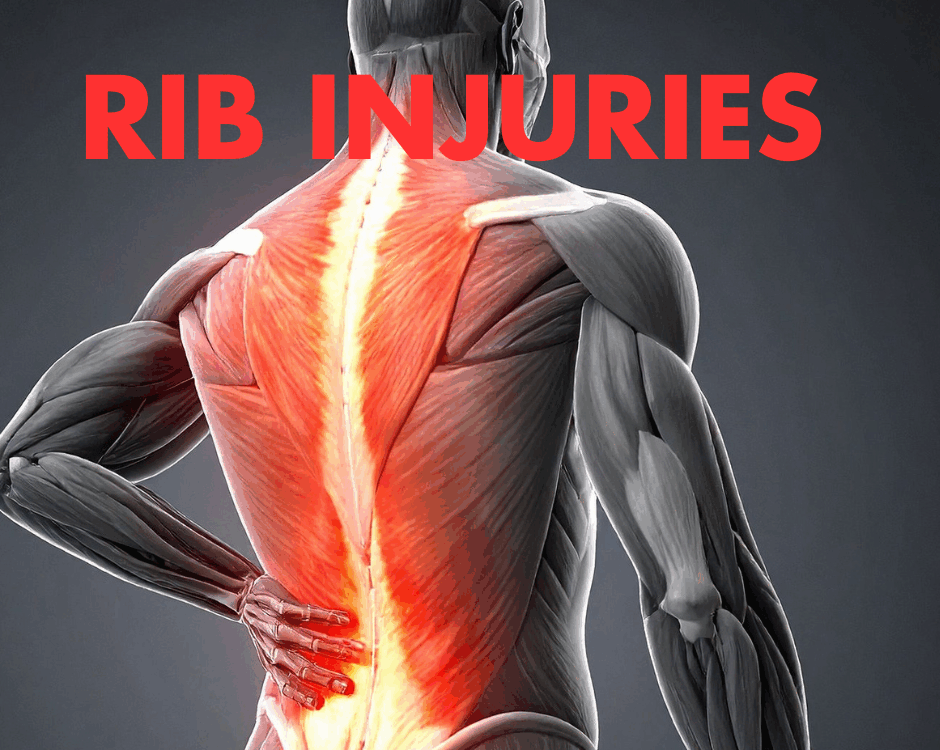Ear Injuries

5 Plants in Your Garden to Deter Mosquitos
September 9, 2024
Brain Freeze vs Throat Freeze
September 16, 2024- Accident doctor
- accupuncture
- airplane headache
- alzheimer's
- best habits
- Brain Injuries
- car accident
- car accidents
- cervical strain
- colds
- concussion
- Concussions
- disc bulge
- dosage meds
- dry needling
- dull pain
- E bike injuries
- florida
- good posture
- headaches
- Headrest positions
- Headrest positions after an accident
- Healthy choices
- Healthy flying
- healthy gift guide
- Healthy SPring Ideas
- hip pain
- hyperextension
- injury doctor
- insurance
- Kayaking
- kentucky
- kids motion sickness
- lifestyle
- motion sickness
- neck injury
- no fault insurance doctor
- noise healing
- osteoporosis
- pain symptoms
- pink noise
- posterior chain
- posture
- prevent osteoporosis
- Rest
- Scoliosis
- shoulder pain
- Stress with kids after a motor vehicle accident
- TBI
- tips
- tmj
- torn muscle
- Traumatic Brain Injury
- trigger points
- VitaminD
- What are Post Traumatic headaches?
Car Accidents and Ear Injuries
Dr. Deryk Harting of Chambers Medical Group, one of the highest rated car accident medical care facilities in the Tampa Bay area, discusses ear injuries associated with car accidents.
Car accidents can lead to injuries to the ear through a variety of mechanisms. Blunt force trauma from a collision can directly impact the ear, causing damage to the external ear, ear canal, or other structures. Additionally, sudden pressure changes during an accident, such as those caused by airbag deployment or rapid deceleration, can result in barotrauma. The whiplash effect from rapid head movements can also affect the ear, causing misalignment of the ossicles or damage to the inner ear structures. Furthermore, secondary injuries can occur if the head strikes parts of the vehicle leading to fractures or contusions that might impact the ear. In severe cases involving explosions or fires, the intense sound pressure and shockwaves can cause acoustic trauma or blast injuries, resulting in ruptured eardrums or other forms of hearing damage.
The ear is composed of 3 main parts: the outer ear, middle ear, and inner ear. The outer ear includes the auricle (or pinna) and the ear canal which funnels sound waves toward the eardrum. The middle ear is an air-filled cavity located behind the eardrum (or tympanic membrane) and contains three tiny bones known as the ossicles: the malleus (hammer), incus (anvil), and stapes (stirrup). These bones amplify and transmit sound vibrations from the eardrum to the inner ear. The middle ear also includes the Eustachian tube, which helps equalize pressure between the middle ear and the external environment. The inner ear consists of the cochlea (responsible for converting sound vibrations into neural signals) and the vestibular system (which helps maintain balance). Together, these structures facilitate hearing and equilibrium by processing sound waves and maintaining spatial orientation.
Car accidents can cause a range of injuries to all regions of the ear:
- Outer Ear Injuries: The outer ear can suffer from direct trauma due to blunt force impact. This might result in bruising, lacerations, or even fractures of the auricle. The ear canal can be damaged by objects or debris, potentially leading to abrasions or infections.
- Middle Ear Injuries: The middle ear is susceptible to damage from both blunt force trauma and sudden pressure changes. A direct impact to the head can fracture the ossicles or rupture the eardrum, leading to hearing loss and balance issues. Rapid pressure changes from events such as airbag deployment or explosive impacts can cause barotrauma. This condition occurs when there is a pressure difference between the inside and outside of the ear, potentially leading to eardrum perforation or damage to the tiny ossicle bones.
- Inner Ear Injuries: Inner ear injuries from car accidents can be particularly severe due to the complex and delicate structures involved. One common injury is vestibular dysfunction, where the semicircular canals and otolith organs are damaged, leading to symptoms such as dizziness, vertigo, balance problems, and difficulties with spatial orientation. Another significant issue is sensorineural hearing loss which is caused by acoustic trauma or blunt force injuries to the cochlea and can result in a permanent hearing reduction. Labyrinthine concussion (a type of traumatic inner ear injury) can cause both hearing and balance problems that manifest as vertigo, tinnitus, and sudden hearing loss. A perilymph or labyrinthine fistula can lead to dizziness, hearing loss, and a sensation of fullness due to a tear or defect in the membranes which separate the middle and inner ear, allowing inner ear fluid to leak into the middle ear. Additionally, exposure to loud noises or explosions during an accident can cause acoustic trauma, damaging the cochlear hair cells and can result in permanent hearing loss.
Overall, car accidents can cause significant damage to any part of the ear, and quick medical evaluation is essential to diagnose and treat these injuries effectively. If someone experiences symptoms like ear pain or hearing loss after an accident, it is crucial to seek medical attention for a thorough evaluation and possible referral or treatment by an ENT specialist or audiologist to prevent permanent injuries.
— This article is written by Deryk Harting, DC, one of the members of Chambers Medical Group’s team of car accident chiropractors who offer a variety of treatments and therapies ranging from diagnostic testing to various soft tissue therapies for car accidents and injuries in Florida.
- Car Accident Medical Clinic in Tampa
- Car Accident Medical Clinic in Plant City
- Car Accident Medical Clinic in Brandon
- Car Accident Medical Clinic in Lakeland
- Car Accident Medical Clinic in Sarasota
- Car Accident Medical Clinic in Louisville
- Car Accident Medical Clinic in Lexington
- Car Accident Medical Clinic in Florence




